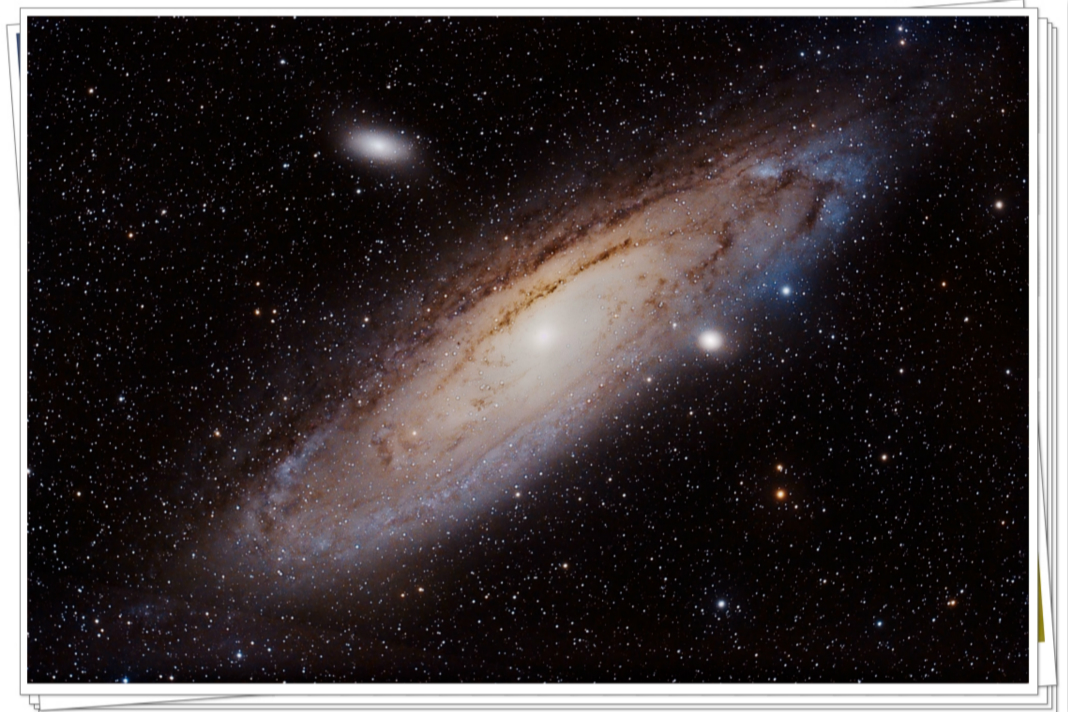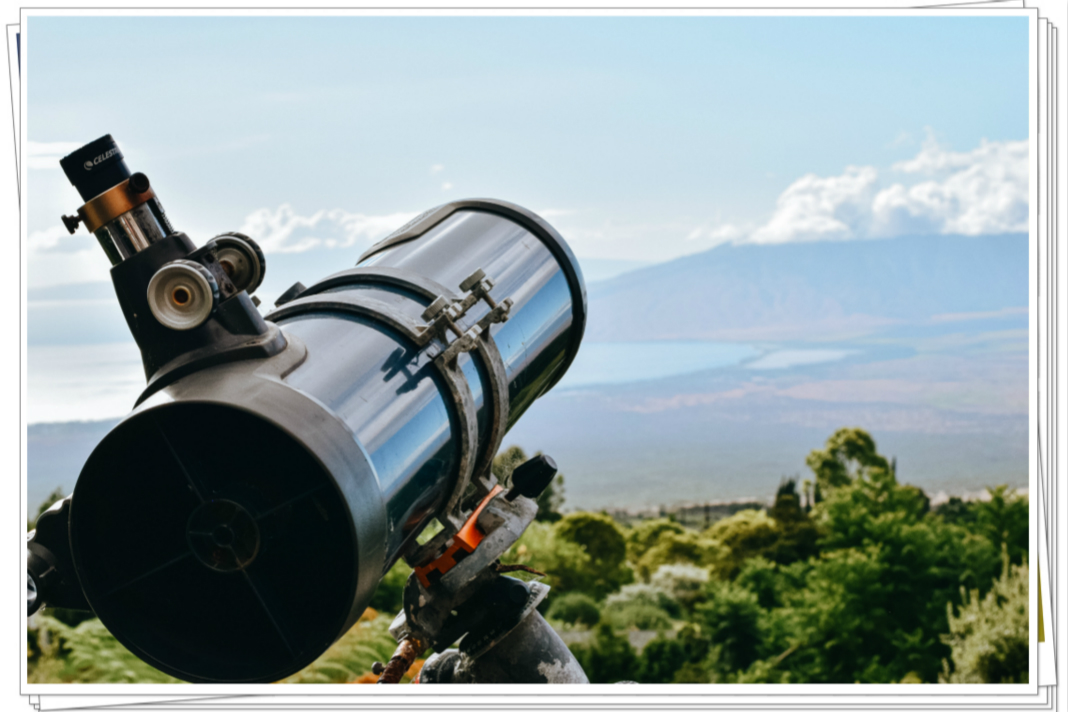Top 5 Hot Selling Telescopes (5 Best Telescopes In 2021)
| Cons | ||||
|---|---|---|---|---|
 | + Quality Optics + Wireless Remote + TWO-YEAR Warranty | - The Stand is Short | ||
 | + Easy Portability + Best For Imaging + Pleasing Wide-Field | - Headache of Setting Up EQ Mount | ||
 | + Extraordinary Design + Reasonable Price + Durable and Functional | - Limited Mount | ||
 | + Simple to Assemble + Waterproof + Budget-Friendly | - Dust-Sensitive | ||
 | + High Magnification Power + Brighter and Clear View + Connectable to Phone | - Slightly Pricey |
“Things always look upside down in an astronomical telescope. This is perfectly normal, and there is nothing wrong with your equipment. One of the biggest surprises that beginner astronomers have is when they find that the view that they are seeing through their telescope is upside down or backward.”Read More Our Review: scoopx binoculars review,solomark telescope 70700.
Best Telescopes For The Money
- Occer 12×25 Compact Binoculars
- Gskyer Telescope AZ 70400
- ECOOPRO Telescope
- OYS Telescope
- Zhumell Z100 Portable Altazimuth Reflector Telescope
Telescope manufacturers are not trying to trick you with all this. The difference in orientation is a consequence of how the light is brought to focus by each scope design.
Generally, if your telescope has an even number of optical elements – such as a Newtonian reflector with its two mirrors – your object will appear upside down. If it has an odd number, like a Nasmyth-Coudé with its three mirrors, the image is reversed left to right.
One of the most surprising discoveries first-time telescope owners will find is that images may appear upside-down or backward depending on the type of telescope. The first thought is the telescope is broken, when in fact it is working perfectly normally.
Depending on the type of telescope, images may appear correct, upside-down, rotated, or inversed from left to right. Give TelescopeReviewed.com A Try? The Complete Guide To Buying The Best Telescope.
How to ‘Correct’ The Reflected Image on My Telescope?
Many refractor users add a star diagonal to their setup, which gives you the image the right way up but mirrored.
You could alternatively add a prism diagonal to produce an image that is the right way round and the right way up.
When viewed using my reflector telescope, the image, for example, the moon, is flipped over and upside down (reflected). e.g.: The moon’s crescent is currently to my bottom right, however when viewed through my ‘scope, it’s on my top left.
Therefore I need to do the ‘opposite’ movements when I want to align something.
An erecting prism will both flip the image right side up and restore left-right orientation.
The problem with using one in a reflecting telescope is that because they’re several inches long, you’ll need to rack your focuser several inches farther to place the eye-piece at the correct location to bring the image into focus.
In many cases, there won’t be enough available infocus to do this unless you modify the telescope to bring the primary mirror closer to the secondary mirror/focuser assemblies (and then you might need a larger secondary to keep wide-angle eyepieces fully illuminated at the edge).
For those that are using a refractor or a Cassegrain style telescope, you can use a Diagonal to correct the image and turn it right-side up.
However, this will also flip your image backward from left to right.
To correct upside-down viewing equipment known as a Diagonal can correct the image and turn it right-side up.
However, this will flip (mirror) your image from left to right.
There are special diagonals, to correct the image as to how you would really see it called Erect-Image Prism diagonals and are used in the same manner as for regular diagonals.
If you want to use your telescope to view terrestrial objects during the day, you will need to get an erecting prism.
If you are using your telescope to view astronomical objects at night, this is not nearly as much of a problem.
In fact, most astronomers quickly get used to the inverted views in their telescopes.
Please keep in mind that this is a perfectly normal characteristic of astronomical telescopes and that there is nothing wrong with your equipment. The orientation of the observed image is dependent upon the type of telescope that you are using, and there are ways that you may be able to correct it for land (terrestrial) use.
Corrective Telescope Accessories
Star Diagonals
- A star diagonal and a Series 4000 26mm/1.25 inch eyepiece are included.
- These accessories work by adding a mirror, angled at 45º, into the light path. This bounces the light through 90º degrees from the direction it entered the scope, which has the effect of orientating images so they are the right way up but back to front.
Erecting Eyepieces
- These also reflect light through 90º degrees, but they use prisms. They are sometimes sold with scopes, but are more useful for daytime observing since the extra glass that they contain can dim the view of faint starlight.
Why Does My Telescope Show Everything Upside Down?

In astronomy, vertical orientation is not as necessary due to our concept of up and down are just relative to the direction in which gravity is working on us.
In space, there is no up or down. Also, seeing astronomical objects upside down would not really be a big deal. You might not even notice it since you don’t see them right-side-up anyway. Although, objects here on Earth may need that grounded feeling when viewing.
Many amateur astronomers get their first proper look at the night sky through a telescope owned by a friend or relative. Once you’ve bought a scope of your own, moving around the night sky becomes a more important consideration.
The first time you attempt this may notice your telescope view is mirrored or upside down.
Star patterns may appear mirrored left to right, upside-down, or even both at the same time. Add some tilt into the view and you could be forgiven for thinking something was amiss.
But there’s nothing to worry about. You just need to know that each telescope design has a different optical configuration and that these different systems produce different views of the skies.
For most, this is of no consequence whatsoever: you just get used to how any scope functions.
It’s not like we don’t have to cope with such things in everyday life: take your reflection in the bathroom mirror or the rear-view mirror of your car.
At first, you may think that there is a specific purpose on why the telescope is designed to be this way. But the truth is, every telescope (whether a refractor, reflector, or compound style) and even cameras produce inverted images.
This is because mirrors and lenses just work that way. In fact, our eyes actually do the same thing. We actually see the world upside down! Our brains process these reversed images without a second thought, and a telescope is no different.
How to Use A Telescope?

The first thing you will need to know does your telescope has a polar axis or not, that is, is it intended to track, or is it merely a point and look, or what we call Alt-Az. If you have an Alt-Az mount, just skip the polar alignment step.
If you have a polar axis, that is, your telescope is intended to track the stars, then find north, and make sure the polar axis is approximately lined up in that direction.
Now you are ready to align the finder scope. to find the lowest power eyepiece you have, and use it to find a bright planet like Jupiter, or even the moon.
Now, look at the finder scope. It should have somewhere on the mount at least one set of three thumb screws holding the finderscope in place.
If aligning the finderscope is too hard to do at night, then try doing the alignment during the day, by finding the top of a telephone pole, a radio tower, or similar object, at least a mile distant, and use it for aligning the finder scope. Then wait for nightfall.
Be aware that finderscopes lose their alignment quite easily, Be sure to check the alignment every time you use the telescope, and realign if necessary.
Read More Our Review:
- Gskyer Telescope AZ 70400, Easy And Fun!
- Zhumell Z100 Portable Altazimuth Reflector Telescope, Lowest Price Telescope
- How To Choose Best Night Vision Binoculars?
- Are Gskyer Telescopes Any Good?
- Best Telescope For Viewing Planets And Galaxies
- Which Best Beginners Telescope You Should Buy?
- Why Is Binocular Numbers Meaning Important?
Don’t Miss Our Picks of The Popular Articles:
- How To Identify Wrangler Jeans (ZM3CSCN)? 6 Things You Didn’t Know
- How To Identify Original Levi’s Jeans? 7 Simple Ways To Help You
- Gskyer Telescope AZ 70400, Easy And Fun!
- 9 Tips And Tricks For U-MAX 44in Outdoor Propane Gas Fire Pit Table
- Why is WEN 6502T Disc Sander One of the Best?
- DASH Safe Slice Mandoline Slicer(DSM100), Why Is It A Great Addition To Anyone’s Kitchen?
- Yamaha RX-V685BL(B07BZZCHGN), 7 Things You Need To Know
- Do Carhartt Men’s K87 Workwear Pocket Short-Sleeve T-Shirt Shrink?




